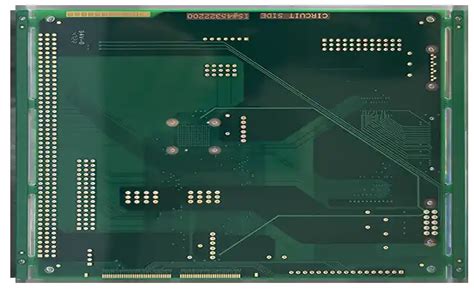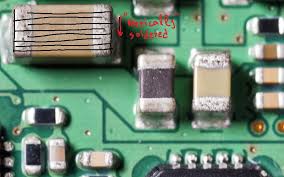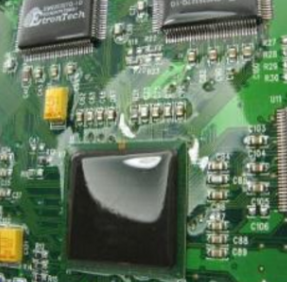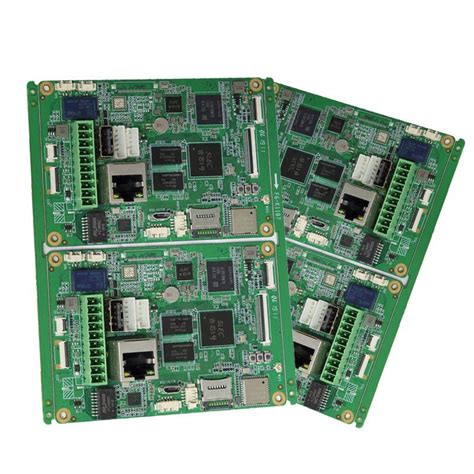Top Choices for 16 Layer PCB Manufacturers
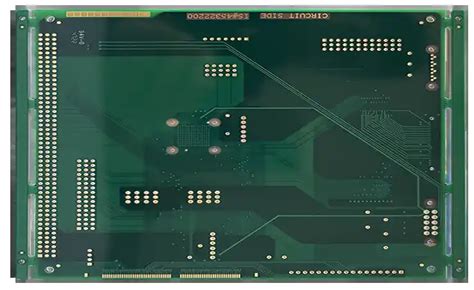
Key Takeaways
When selecting a 16 layer PCB manufacturer, it’s crucial to consider several key factors that influence both the outcome of your projects and the overall pcb manufacturing cost. Understanding your specific requirements, from design complexity to expected volume, can significantly impact your choice. Look for pcb manufacturing companies that demonstrate a robust track record in handling multilayer boards, which often include advanced features like higher thermal conductivity and smaller form factors.
A comparative analysis of top manufacturers often reveals differences in technology, service quality, and cost-efficiency. For instance, some may excel in rapid prototyping capabilities while others might offer stronger customer support or more competitive pricing structures.
Furthermore, it’s worthwhile to consider the overall experience of each manufacturer, from initial inquiries through to post-production follow-ups. Top-tier providers typically employ stringent quality assurance practices, ensuring that every board meets necessary standards before leaving their facility. Here’s a brief overview of some key factors you might want to weigh when choosing your ideal partner:
| Factor | Importance Level | Notes |
|---|---|---|
| Technology Utilization | High | Advanced technology impacts performance |
| Customer Support | Medium | Good support aids troubleshooting |
| Cost Efficiency | High | Balancing cost with quality is essential |
| Quality Assurance Standards | Very High | Essential for reliability and performance |
“Choosing the right pcb manufacturing business is not just about meeting immediate needs but also about establishing a long-term partnership that can adapt as your projects evolve.”
By taking these considerations into account, you can ensure that you select a manufacturer who aligns with your operational goals and enhances your project outcomes.
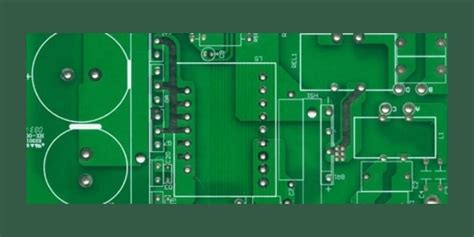
Introduction to 16 Layer PCBs: Importance and Applications
When it comes to pcb manufacturing, the significance of 16 layer PCBs cannot be overstated. These complex circuit boards offer enhanced performance and allow for more intricate designs, making them ideal for a variety of applications. The importance of 16 layer PCBs is particularly pronounced in sectors such as telecommunications, aerospace, and medical devices, where reliability and efficiency are paramount. Your choice of manufacturer can greatly affect the overall success of your projects, especially when considering factors such as pcb manufacturing cost and technological capabilities. Understanding the intricacies of the pcb manufacturing business enables you to select from a range of pcb manufacturing companies that specialize in high-quality production processes. Advanced designs require manufacturers who can offer both innovative solutions and rigorous quality control measures. As you explore different options, recognize that selecting a reliable partner in the pcb manufacturing space not only improves product performance but also enhances your ability to deliver solutions that meet demanding industry standards. For more information about top manufacturers in this space, consider checking out Andwin PCB.
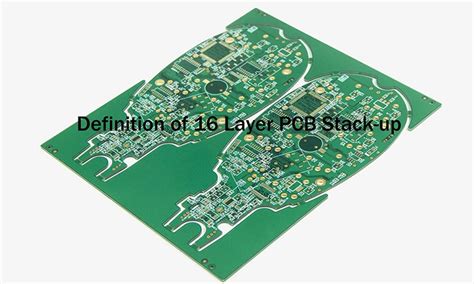
Key Factors to Consider When Choosing a 16 Layer PCB Manufacturer
When selecting a 16 layer PCB manufacturer, there are several critical factors to keep in mind to ensure you partner with the right pcb manufacturing company for your needs. First and foremost, assess the pcb manufacturing cost and make sure it aligns with your budget without compromising on quality. A cost-effective solution is essential, but it should not lead to sacrifices in performance or reliability. Additionally, consider the manufacturer’s reputation in the market. Research pcb manufacturing companies with robust customer reviews and testimonials that highlight their track record in delivering high-quality PCBs.
Another crucial aspect is the technology and equipment used in the pcb manufacturing business. Advanced technologies can significantly enhance production efficiency, precision, and capabilities, particularly for complex designs like 16 layer boards. Ensure that the manufacturer you choose is equipped with state-of-the-art machinery and adheres to industry standards.
Furthermore, inquire about their lead times and flexibility to meet your project’s deadlines. Timely deliveries are paramount in maintaining your production schedules and meeting customer demands. Lastly, consider their customer service support; having a responsive team can make collaboration much more enjoyable.
By carefully evaluating these factors—cost, reputation, technology, lead times, and service—you can more effectively navigate your decision-making process when choosing a 16 layer PCB manufacturer, ensuring a successful partnership for your projects.
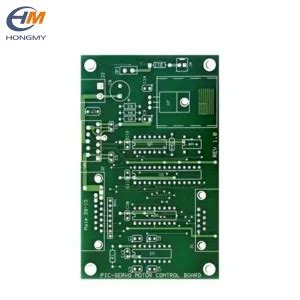
Top 5 16 Layer PCB Manufacturers: A Comparative Analysis
When navigating the complex landscape of pcb manufacturing, you will find that the choice of a manufacturer greatly influences the quality, performance, and overall satisfaction of your projects. Focusing on 16 layer PCBs, which are essential for high-density applications, you’ll want to consider several key players known for their reliability and advanced technology. Among these, several leading pcb manufacturing companies stand out for their ability to balance pcb manufacturing cost with sophisticated design capabilities.
Firstly, look for companies that have a robust portfolio showcasing their experience in handling intricate designs and multilayer constructions. These manufacturers typically provide detailed insights into their production processes, ensuring they adhere to rigorous quality standards. Additionally, consider their use of innovative technologies that enhance the reliability and functionality of the 16 layer PCBs. Understanding how these features translate into practical benefits can significantly impact your decision-making.
Customer service is another essential factor; top-tier manufacturers offer support throughout the production cycle, helping you navigate complexities that arise in large-scale projects. Reading customer testimonials can shed light on specific strengths and weaknesses of each company. In this comparative analysis, your aim is to assess these factors thoroughly to find the best match for your “pcb manufacturing business” needs. By making an informed choice amongst these leading players, you position your project for success and maximize the potential benefits offered by high-quality 16 layer PCBs.
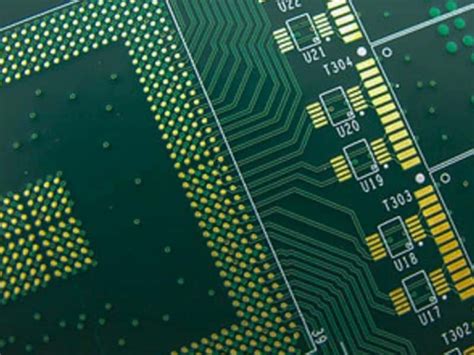
Advanced Technologies Used in 16 Layer PCB Production
The pcb manufacturing landscape has evolved significantly, particularly in the realm of 16 layer PCBs. Advanced technologies play a critical role in enhancing the performance, reliability, and efficiency of these complex circuit boards. One key advancement is the integration of HDI (High-Density Interconnect) techniques, which enable finer traces and smaller vias, essential for high-frequency applications. Furthermore, you will find that many pcb manufacturing companies now implement state-of-the-art automation and robotic assembly processes. This not only reduces human error but also optimizes production speed and ensures consistent quality throughout the manufacturing cycle.
In addition to automation, the trend towards using advanced materials—such as flexible substrates and low-loss dielectrics—allows for better signal integrity and thermal management in 16 layer PCBs. Moreover, developments in design software now offer enhanced simulation capabilities to predict potential issues before the actual production begins, thereby minimizing both time and pcb manufacturing cost. As you navigate through your options among various pcb manufacturing businesses, look for those that are at the forefront of adopting these advanced technologies. These innovations not only guarantee high performance but also ensure that your circuit boards meet the stringent requirements of today’s electronic applications. Ultimately, choosing a manufacturer that leverages such cutting-edge techniques will significantly impact your project’s success and longevity.
Quality Assurance Practices of Leading 16 Layer PCB Manufacturers
When selecting a 16 layer PCB manufacturer, understanding their quality assurance practices is crucial for ensuring you receive a reliable product that meets industry standards. Top PCB manufacturing companies adopt rigorous testing and inspection protocols throughout the entire manufacturing process. They commonly implement techniques such as Automated Optical Inspection (AOI), which helps detect defects at an early stage, ensuring precision and accuracy. Additionally, many leading manufacturers employ advanced methodologies like Six Sigma, focusing on process improvement and defect reduction in their PCB manufacturing business. Consistent adherence to such stringent quality management systems results in lower PCB manufacturing costs while enhancing the end product’s reliability. Furthermore, obtaining certifications such as ISO 9001 assures you that the manufacturer adheres to internationally recognized quality standards. By evaluating these practices, you can make an informed decision about which manufacturer aligns best with your project requirements and promises exceptional quality in your 16 layer PCB projects.
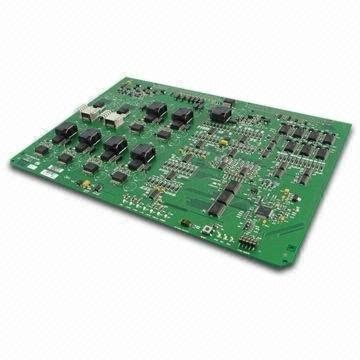
Customer Testimonials and Success Stories in 16 Layer PCB Projects
When you’re venturing into pcb manufacturing, hearing from those who have navigated similar projects can prove invaluable. Customers often share their satisfaction with 16 layer PCBs, noting how these advanced boards have enhanced the performance of their products. For instance, one client in the telecommunications sector highlighted how partnering with a reliable pcb manufacturing company resulted in significant improvements in signal integrity and reduced interference for their devices. They credited advanced layering techniques and quality materials employed by the manufacturer as key reasons for the success of their latest product launch.
Another testimonial comes from a medical device manufacturer who detailed a specific project where the intricacies of a 16 layer design were crucial for miniaturization and functionality. Their choice of pcb manufacturing cost was moderated by the exceptional support and communication they received throughout development, ensuring that they stayed on schedule and within budget. This experience encapsulates how a well-managed pcb manufacturing business can not only meet technical demands but also foster long-term partnerships leading to shared success.
Overall, these stories reflect a growing recognition that selecting the right pcb manufacturing partner can influence not just product outcome but also operational efficiency, offering you insights into what to prioritize in your own projects.
Future Trends in the 16 Layer PCB Manufacturing Industry
As you delve into the 16 layer PCB manufacturing landscape, you will notice several emerging trends that are shaping the industry. One significant movement is the integration of advanced technologies such as automating PCB design through artificial intelligence and machine learning. These advancements promise to streamline the production process, significantly reducing pcb manufacturing costs while enhancing precision and reliability. Furthermore, as electronic devices become ever more complex, there is a growing demand for pcb manufacturing companies to adopt more sophisticated materials and processes. This shift aims not only to meet consumer needs but also to ensure compliance with environmental regulations by utilizing sustainable materials. Additionally, miniaturization remains a critical focus area; manufacturers are continuously innovating to create thinner circuits without compromising on performance. This layering capability is essential for maintaining competitive advantages in an expanding global market for electronics, thereby influencing your choice of pcb manufacturing business when looking for a reliable partner. By staying informed about these trends, you can make educated decisions regarding your projects and ensure they meet current industry standards while anticipating future demands in technology and design.
Conclusion: Making the Right Choice for Your Circuit Board Needs
When selecting a 16 layer PCB manufacturer, it is essential to evaluate several factors to ensure you choose the right partner for your pcb manufacturing needs. Understand that pcb manufacturing is not merely about producing circuit boards; it involves a comprehensive process that prioritizes quality, technology, and cost-efficiency. Begin by assessing the pcb manufacturing companies you are considering. Look for key indicators such as certifications, customer reviews, and technological capabilities. Remember, the pcb manufacturing cost can vary widely among manufacturers, so be sure to balance quality with affordability. As the pcb manufacturing business continues to evolve with innovative technologies and stricter standards, determining your specific requirements will guide you in selecting a reliable manufacturer that aligns with your project goals. Your choices today can significantly impact the performance and longevity of your circuit boards, making thorough research indispensable in this competitive industry.
Conclusion: Making the Right Choice for Your Circuit Board Needs
As you navigate the vast landscape of pcb manufacturing, it’s crucial to focus on your specific project requirements and understand what each manufacturer offers. Choosing a 16 layer PCB manufacturer involves evaluating key aspects such as quality control processes, technological capabilities, and production costs. With the rising demand for complex circuit boards, knowing the pcb manufacturing cost associated with your choices can help you make informed financial decisions. You may find that certain pcb manufacturing companies specialize in higher layers of PCB design, ensuring optimal performance for advanced applications while adhering to industry standards. Moreover, considering factors such as customer support and delivery timelines will bolster your confidence in selecting a reliable partner for your pcb manufacturing business. By prioritizing these elements, you can align with a manufacturer that not only meets your technical specifications but also supports your project goals effectively.
FAQs
What is a 16 layer PCB and why is it important?
A 16 layer PCB, or printed circuit board, consists of 16 conductive layers that allow for complex circuitry in a compact format. They are crucial in sophisticated electronics, where space is limited and performance is paramount.
How can I determine the quality of a PCB manufacturing company?
Look for certifications such as ISO, customer reviews, and production capabilities. Reputable pcb manufacturing companies often showcase their quality assurance practices and are willing to provide samples.
What factors influence the PCB manufacturing cost?
The pcb manufacturing cost can vary significantly based on complexity, material choice, production volume, and whether additional services such as assembly are required.
What should I consider when choosing a PCB manufacturing business?
Consider the manufacturer’s experience in your specific application area, lead times, technology capabilities (e.g., automation), design tools they support, and their customer support services.
Are there specific advanced technologies used in 16 layer PCB production?
Yes, advanced technologies include high-density interconnect (HDI), laser drilling for microvias, and automated optical inspection (AOI) to ensure precision and reliability. These enhancements improve the performance of the pcb manufacturing business, especially for intricate designs.
By understanding these key aspects of pcb manufacturing, you can make more informed decisions that will influence the success of your projects. If you’re looking for more information on this topic or seeking a reliable partner in pcb manufacturing, please click here: Andwin PCB Manufacturing.

